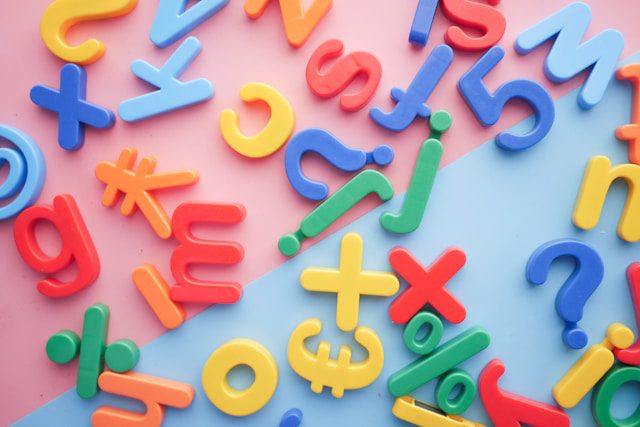When we think of sign language, we often picture British Sign Language (BSL) or American Sign Language (ASL), both of which have their own grammar and structure. But did you know there’s another system designed to support spoken language and improve communication for deaf and hard-of-hearing individuals? Cued Speech is a visual communication tool that helps bridge the gap between spoken and written language, making speech more accessible through hand cues.

What is Cued Speech?
Developed in 1966 by Dr. R. Orin Cornett, it is a way to improve literacy and language comprehension for people with hearing loss. It is not a sign language but rather a method that enhances lipreading by using eight handshapes to represent consonant sounds and four placements around the mouth to represent vowel sounds.
For example, if you watch someone say the words pat, bat, and mat, they all look very similar on the lips. Cued Speech clarifies these words by adding distinct hand cues to indicate which consonant sound is being spoken.
How Does it Work?
Cued Speech pairs hand movements with the natural spoken language to visually differentiate sounds that look similar when lipreading.

Here’s how it works:
- Handshapes: Represent consonant sounds (phonemes).
- Hand Placements: Show vowel sounds by positioning the hand in different locations near the face.
- Mouth Movements: Remain synchronized with natural speech so that the person receiving the cues can combine both visual elements for clear understanding.
Why is it Important?
- Cued Speech directly represents spoken language. It can help people who are Deaf to develop stronger reading and writing skills.
- Unlike “traditional” sign languages like BSL or ASL, Cued Speech can be adapted to any spoken language.
- By clarifying similar-looking sounds, it makes lipreading far more effective.
- Cued Speech directly represents speech sounds so it can be used to learn different spoken languages without confusion.
Examples of Cued Speech in Action
Let’s take a look at a few examples where Cued Speech makes communication clearer:
Example 1: Differentiating Sounds
Imagine someone is saying the words pet and bet. Without sound, they look identical on the lips. With Cued Speech:
- Pet might use a handshape representing “P” at the chin placement for “E.”
- Bet might use a different handshape representing “B” at the same chin placement for “E.”
Example 2: Supporting Speech Development
Learning to read can be a challenge for children who have hearing loss because they don’t always have clear access to phonics. This is where Cued Speech comes in. It gives them a visual representation of sounds, helping them understand the relationship between spoken and written language.
See more from Deaf Choices UK
Who Can Benefit?
Cued Speech is valuable for:
✅ Children with hearing loss – Helps them learn spoken language and improve literacy.
✅ Adults with acquired hearing loss – Supports better speech perception.
✅ People with auditory processing disorders – Aids in distinguishing sounds more effectively.
✅ Families of deaf children – Helps create an inclusive home environment.

Your Cued learning journey starts here!
There are free training resources available for families with deaf children and it doesn’t take long to learn the basics. Many learners pick up the system quickly with practice.
Would you like to explore Cued Speech for yourself or your family? try these websites :
USA National Cued Speech Association
Catch up on all our sign language posts here: https://www.hearingambassadors.org/latest-news/
#CuedSpeech #HearingLoss #Lipreading #SignLanguage #AccessibleCommunication #HearingAmbassadors

